Categories: Automata and RCD
Number of views: 6712
Comments on the article: 5
What are overvoltage and undervoltage releases and how are they used?
Undervoltage and overvoltage releases are one of the types of additional devices for circuit breakers. They are designed to disconnect the load in the event of a voltage deviation from the nominal 220V. In this article I will talk about the method and circuit of connecting these devices, their advantages and disadvantages.

What is it and what is it for?
Undervoltage and overvoltage release is one of the devices designed to control circuit breaker. Almost every modern modular machine can connect additional devices. To do this, there is a plug on the side of the machine, unscrewing which you will see a lever for connecting such devices to the mechanical part of the power contact drive.
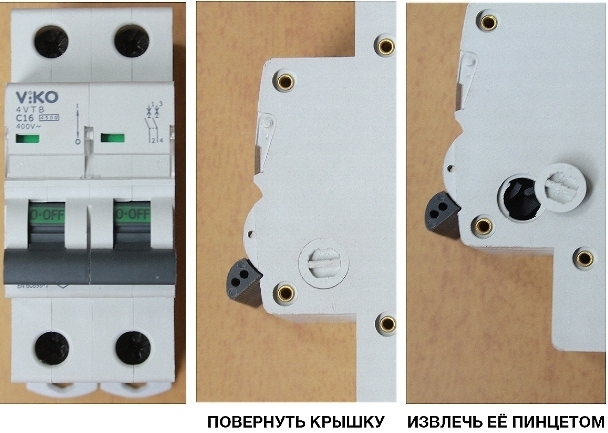
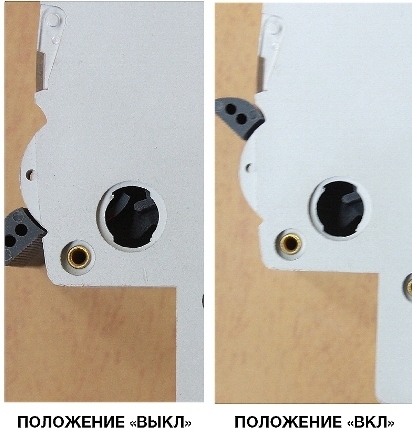
If you press this lever with the cocked flag of the machine (ON), it will turn off. Additional devices, such as this trip units and various devices, block contacts, for example, for signaling an accident.
The undervoltage and overvoltage release is an electronic device that monitors the voltage level in the network, if it goes beyond the set limits, it turns off the circuit breaker
Overview of characteristics and wiring diagrams on the example of IEK PMM47
One of the most common options is the PMK47 model from IEK, it has the following characteristics:
-
rated supply voltage 230 (V);
-
operating voltage range 50 - 275 (V);
-
triggered when the voltage in the network is less than 165 ± 10 (V) and more than voltage 265 ± 10 (V);
-
shutdown time when triggered at a minimum voltage of 0.2 - 0.5 (sec.);
-
when triggered from a maximum voltage of 0.05 - 0.15 (sec.);
-
the number of on-off cycles - at least 10,000 times.
The lower and upper voltage levels, at which the operation occurs, are not adjusted, at the same time they are at acceptable levels, therefore this fact cannot be considered a drawback.
The principle of operation is that in РММ47 the electronic circuit monitors the voltage level in the circuit, when it goes beyond the nominal values, power is supplied to the solenoid, it drives the pusher (it resembles a retractable car starter). The pusher mechanically acts on the plastic lever moving it.
If the voltage rises or subsides and the release trips, you cannot turn on the machine until you click on the “Reset” button, because after operation the mechanism remains in this position and it is supposed to manually return to the original position.
The end of this lever is brought out of the housing and with its help docking with a circuit breaker occurs. It is the lever of the independent trip that drives the automatic shutdown mechanism. Thus, a connection can be made with both single-pole and three-pole machines.
When docking the trip unit with an automatic machine, you need to put the automatic machine flag in the “off” position, indicated as “O”. (ON - “I”)
After docking with the machine, you need to connect the phase to the release (the one that comes out of the machine!) and zero. Zero is needed to measure voltage. However, there are no contacts inside the trip unit; it is used only as a drive to turn off the machine.
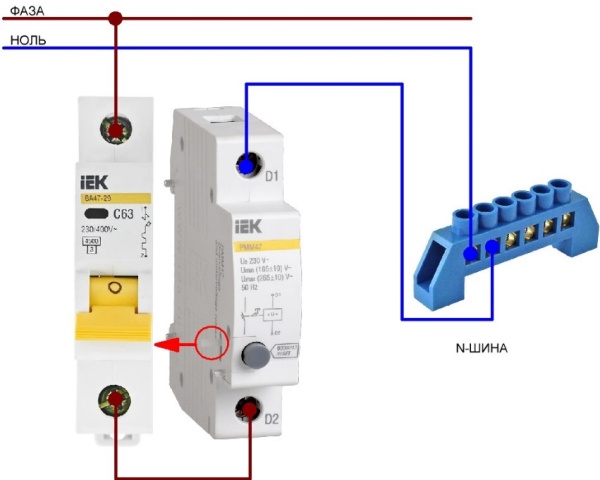
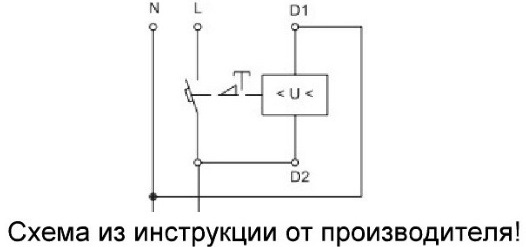
Connection to a three-pole circuit breaker is similar. The need to connect the “output” phase from the machine to the terminals of the trip unit is due to the fact that after the machine is turned off, the trip unit must also be de-energized - otherwise the solenoid in it and the electronic circuit will fail.
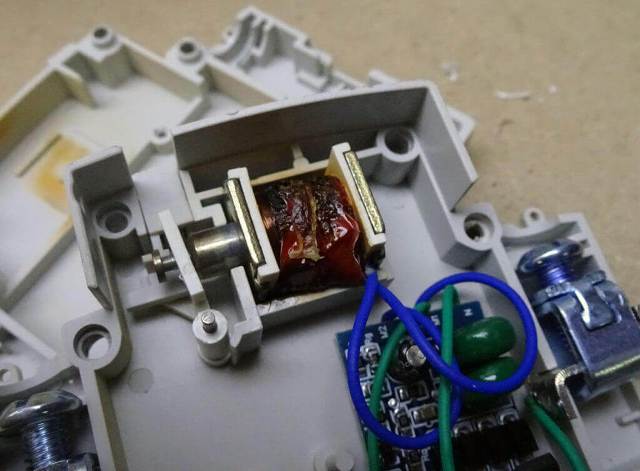
Are there any alternatives?
At first, RMM-47 produces not only IEK, but also the company Ekf. It has slightly different characteristics, instead of the limiting 165 and 265 volts, the operating voltage range of 170-270V is selected.
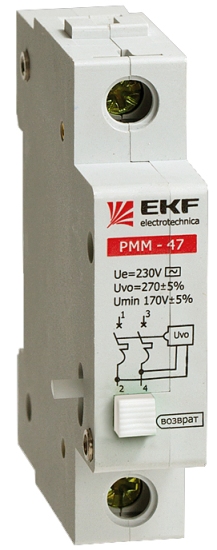
EKF also has an alternative line AV-AVERES, where both the releases of the maximum and minimum, and only the minimum voltage are presented, as well as a number of other devices for connecting to the circuit breaker (additional and signal contacts).
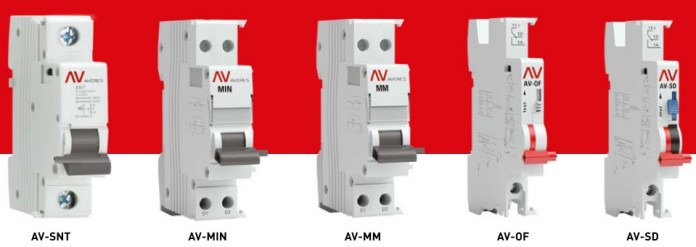
Company TDM also produces RMM-47, a device similar in characteristics to IEK, and the difference is not the reset button, but the flag as on the machines themselves. Similar devices are produced by different manufacturers to ensure mechanical and overall compatibility with their machines.

Well-known manufacturers such as ABB, for example, independent releases were also not spared, they are called "auxiliary elements for circuit breakers" in the catalogs, devices belong to the line System pro m compact and as the manufacturer claims, they are suitable for all series, for example, S200, F200, DS200. But unlike previous manufacturers, releases of either the minimum or maximum voltage (separately) are presented here.
ABB Company Directory:Accessories and ABB Accessories
Author's opinion on undervoltage / overvoltage releases
The device is certainly worthy of attention and can be successfully used where high and low voltage is infrequent, for example, to protect against phase imbalance. For the reason that circuit breakers are not designed to constantly turn on and off.
That is, if in your house voltage surges and deviations from 220V are in the order of things and happen almost every day, then you should pay attention to a variety of voltage relay and if necessary, increase their switching ability to use contactor (starter). In addition, the releases do not have the ability to adjust the thresholds, while almost all voltage relays have this option, in addition, in most cases, you can manually set the reset time.
See also at i.electricianexp.com
:
